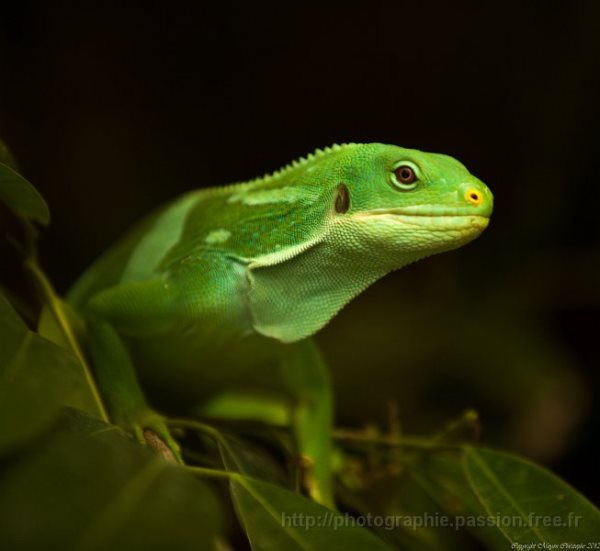Update : Sunday, January 15, 2012
The tripod is an essential accessory for two specific activities: long exposures and focal poses very high. Course, you can use it in other shots.
The big question is: How do I choose a tripod, in the whole range of accessory?
It is true, there are many manufacturers and different types of tripods. However, I advise you to make the choice on several criteria, price, weight, maneuverability and endurance.
The resistance is the most important criterion for me. It is necessary that your tripod (or monopod) can withstand the weight of all your gear and external forces. Resistance is associated with stability. I'm talking about the weight of your equipment, your case, your lens and flash are a certain weight can rise very quickly. I show you in the following table, some materials and the final weight. imagine a tripod can support 2 , 5kg, it will not be able to carry two of the four configurations below.
| Case | target | Flash | Total Weight |
|---|---|---|---|
950gr. |
1490gr. |
405gr. |
|
755gr. |
950gr. |
320gr. |
|
1340gr. |
2930gr. |
160gr. |
|
1000gr. |
550gr. |
450gr. |
The other problem that I call the external forces are doing in the wind, soil and the sun. Resistance to wind your tripod will make the difference between a blurry photo of a sharp picture. Soil can also be a handicap depending on the type of soil and the damping feet. Simply a car or a truck passes you, for your tripod vibrates their passages. And the sun can also be a handicap, if you do a long exposure, metal expansion due to heat from the sun can change the direction of your shot. Such fluctuations may be tiny, but do not forget that an angle of 1 ° can turn into a significant difference over a great distance.
You have the choice of material for your tripod. Choose the Plastic (highly recommended), aluminum and carbon (the ultimate and most expensive). These three options are all included in the price range and rigidity., but aluminum is the heaviest of the three in general.
Another point for stability, it is the junction points of each of the pieces of the feet. Feet You will find clamps, you may avoid a squeeze a little too hard and broke the patella tightening. fixation by ergot is most preferred, you keep the same pressure without breaking or damaging your feet.
Obviously, there is also the weight of the tripod. More will be heavier, it will be solid, but do not fall into the excess. Remember it is you who will have to carry (where it is my carrier?).
The tripod is cumbersome accessory by definition. Unless the lighting above, but I do not know a lot of people (not at all) that carries his ten studio flashes in nature for the holidays. The are foldable tripod current which reduces the clutter in your bag or hung outside. More will be pliable, less of it will take place, the more you may find yourself with one foot a little too fragile.
The price can obviously be a problem, you will end up with tiny feet prices and other for a fortune. I advise you to put some money in your foot because it will last in the time. You may still have in twenty years, then you have probably changed three or four times in photographic materials.
| manufacturers (the best known) | |||
|---|---|---|---|

Photo taken with a Canon 5D Mk II and a Canon 70-200mm (ISO800 - f/2.8 - 1/200s)